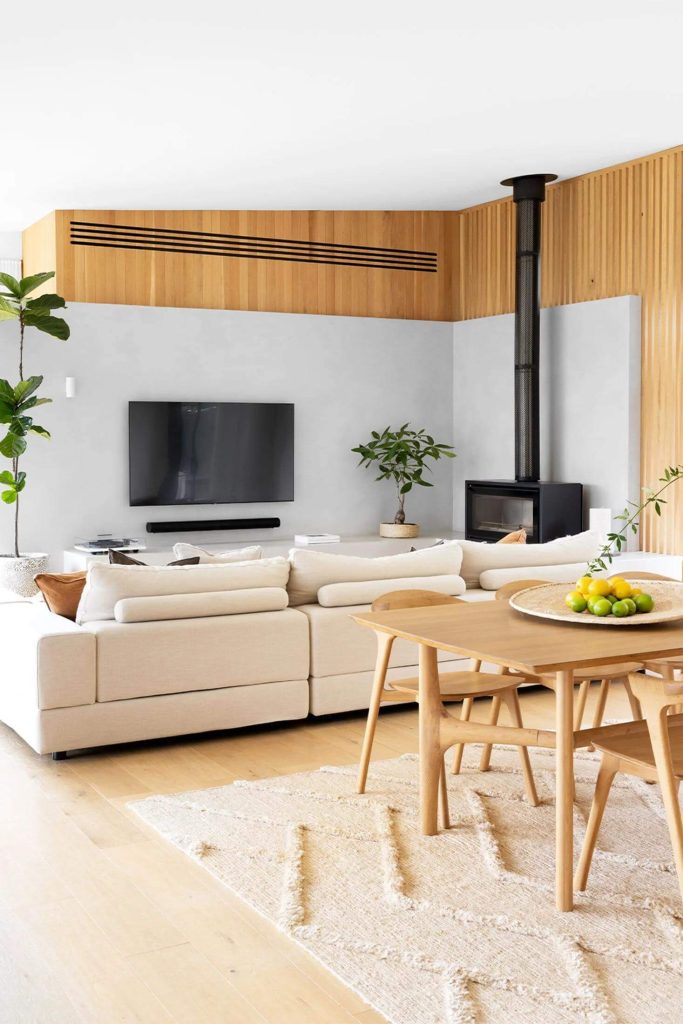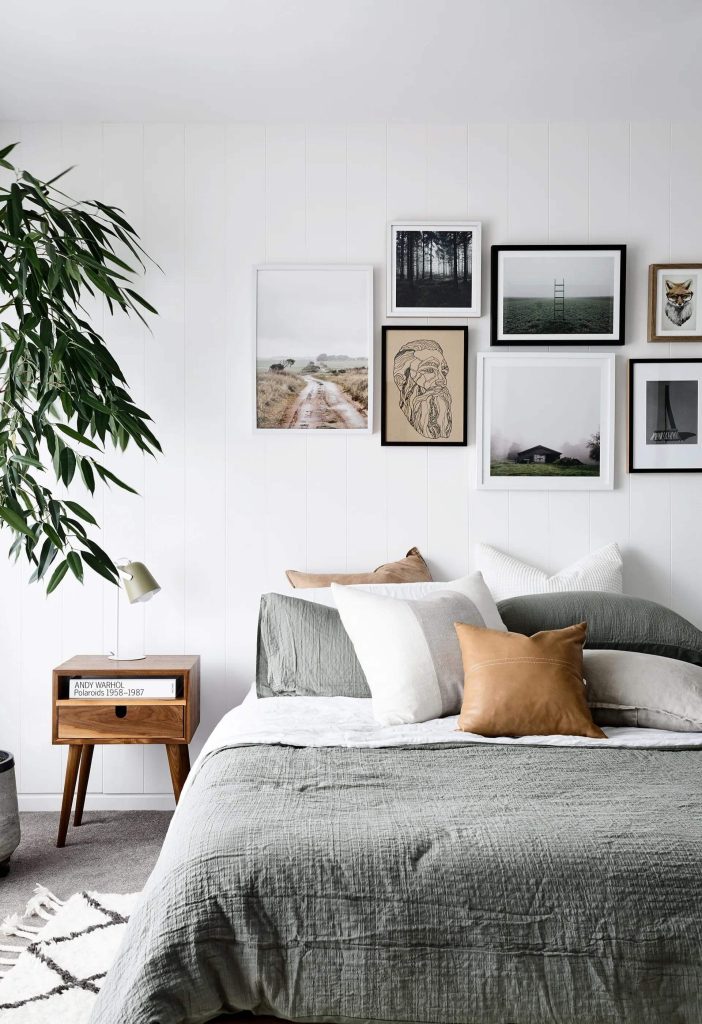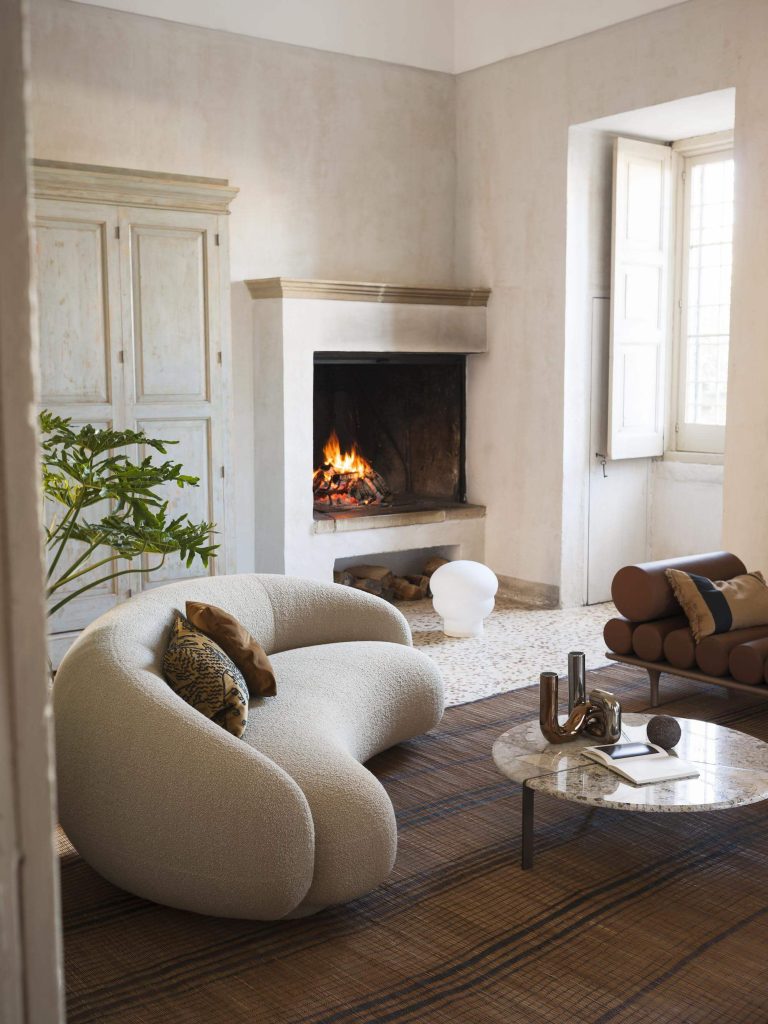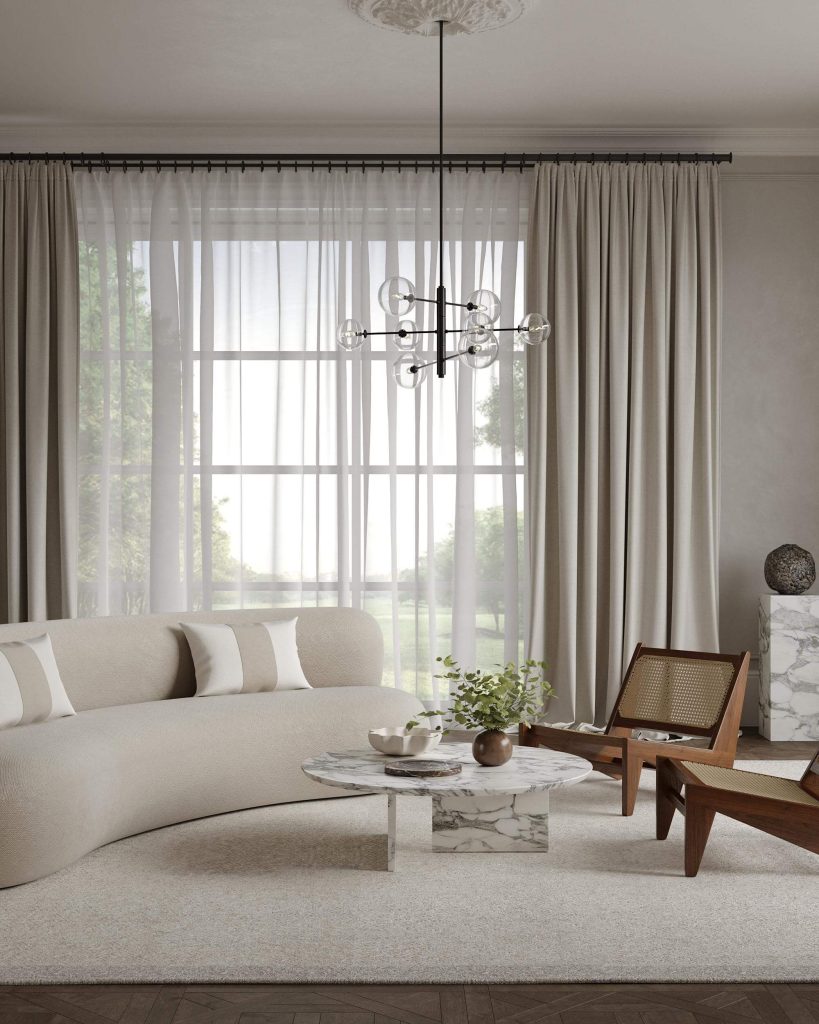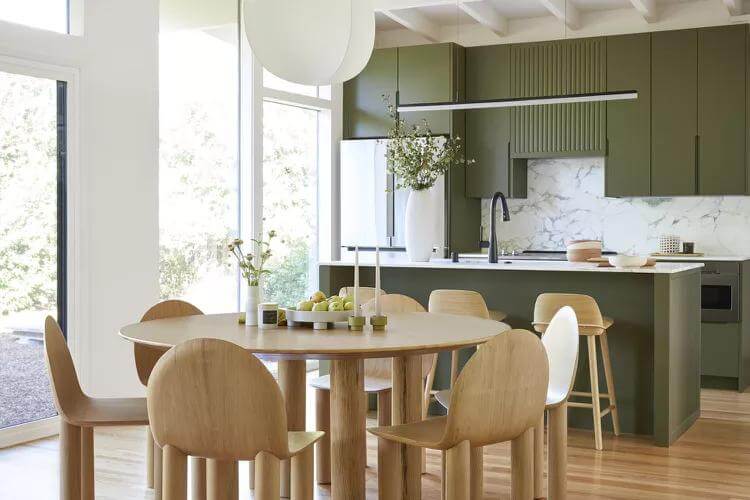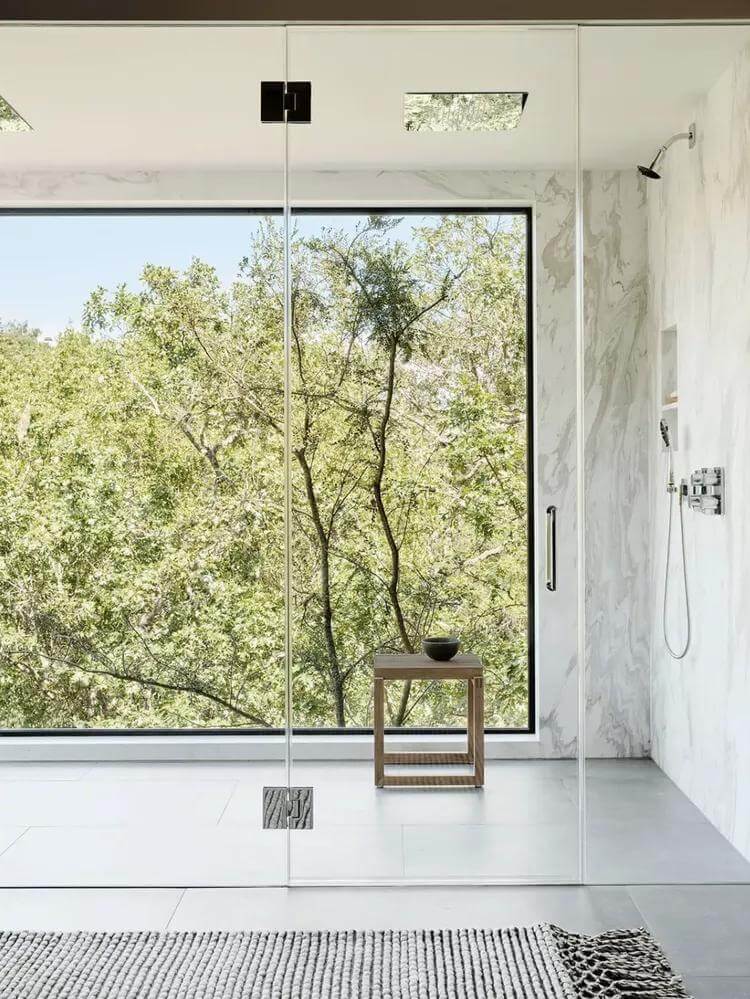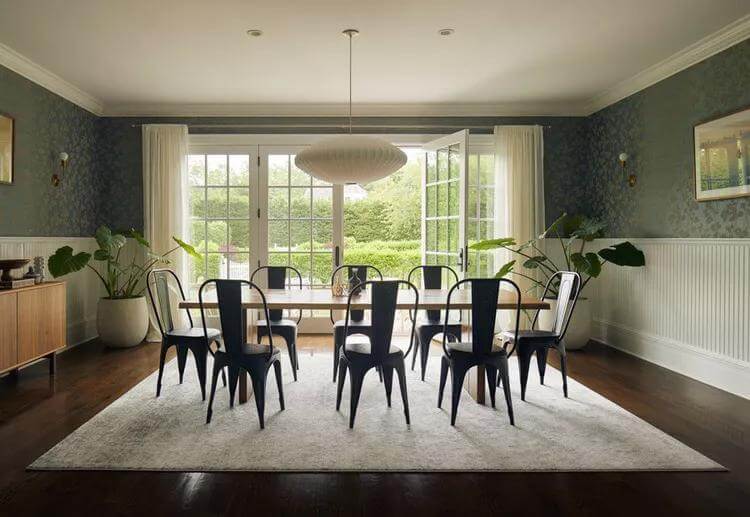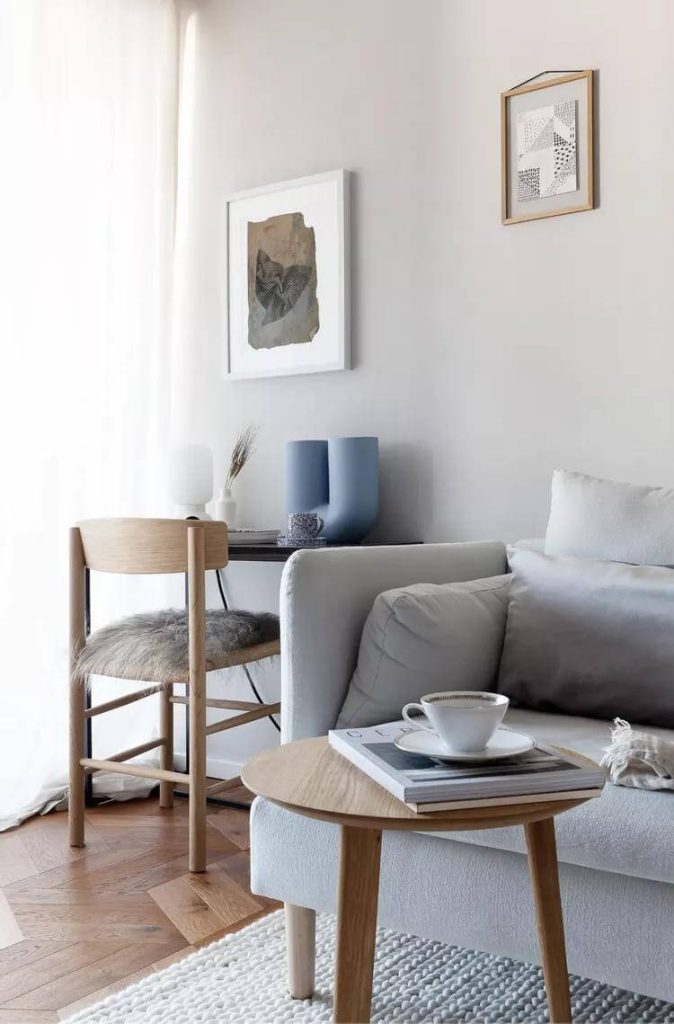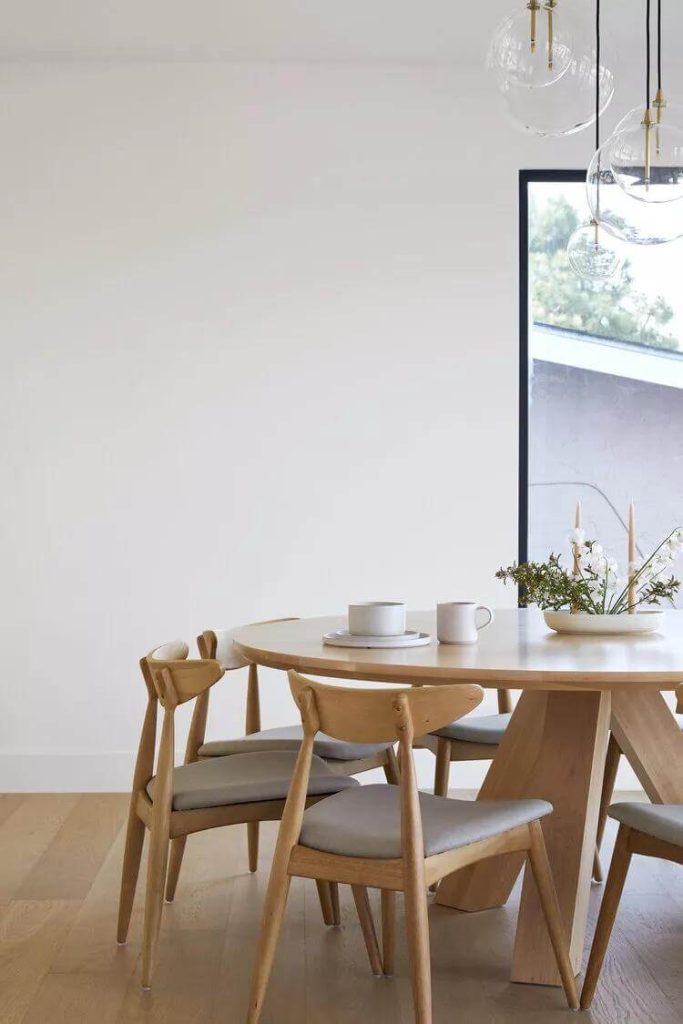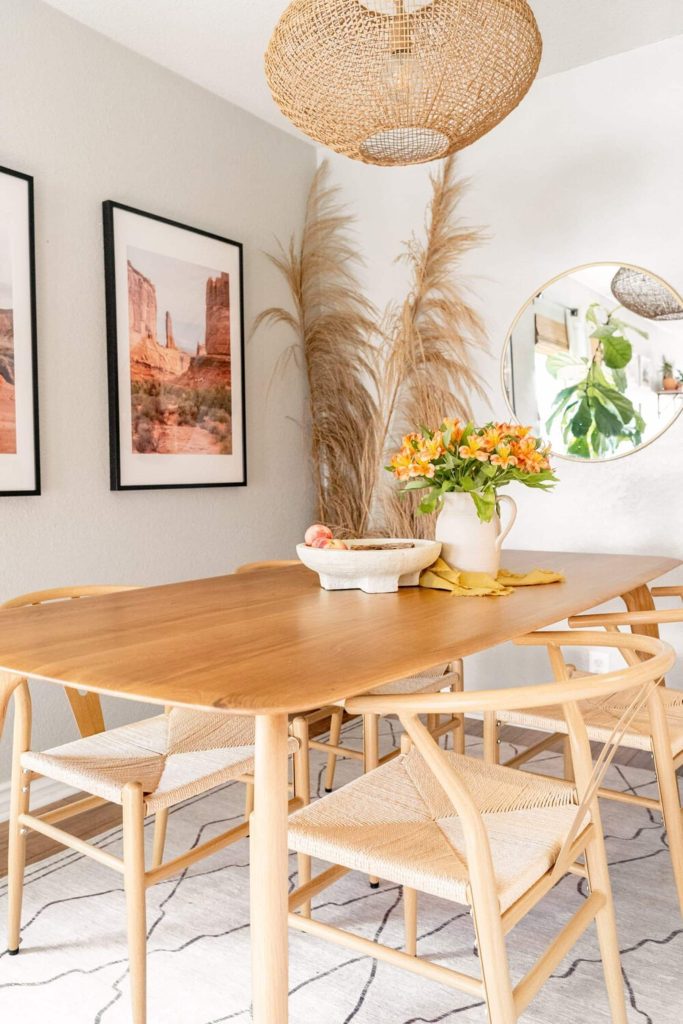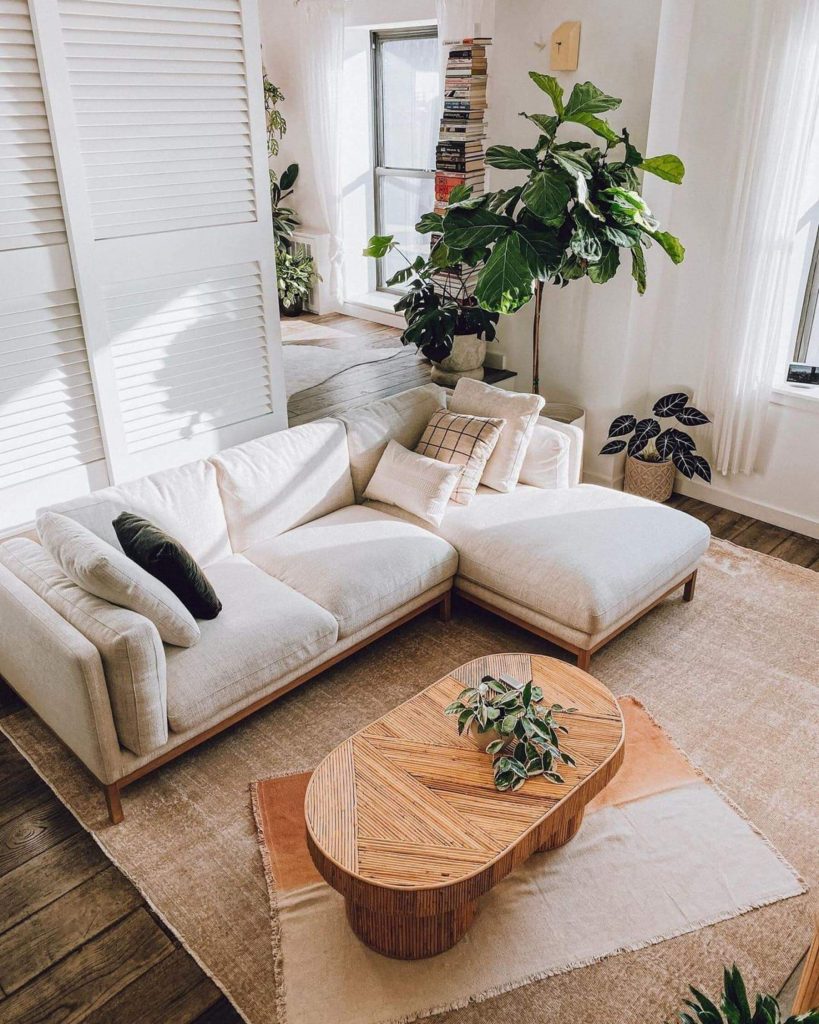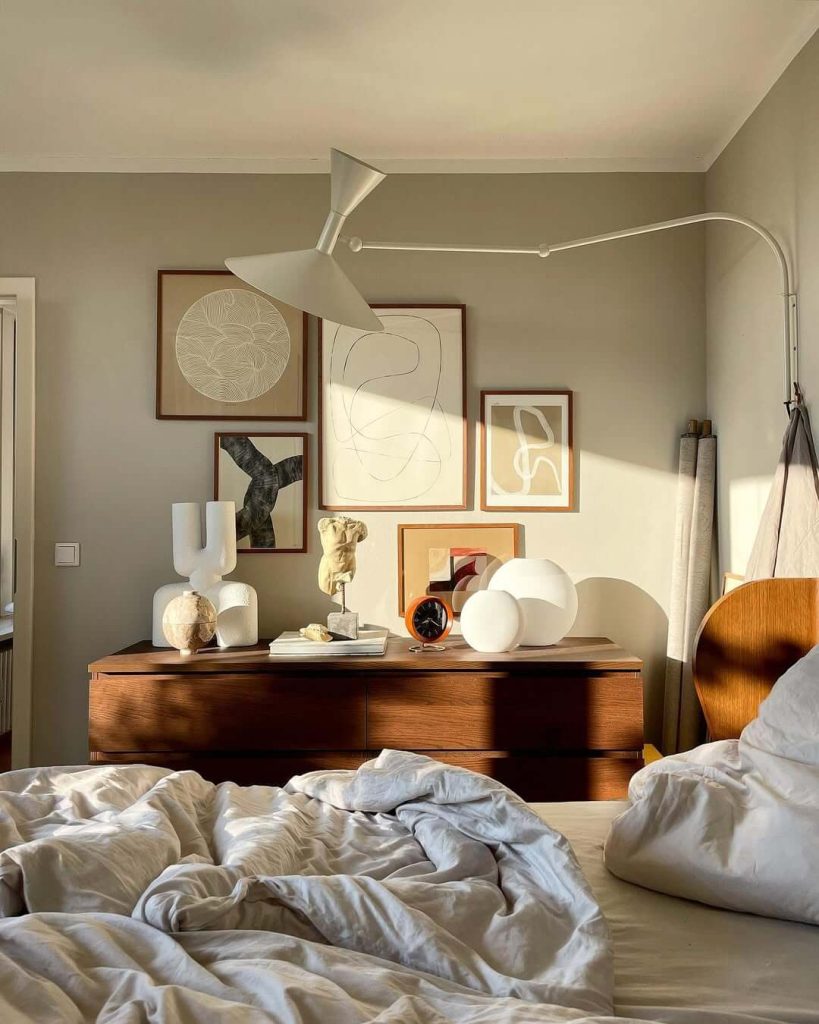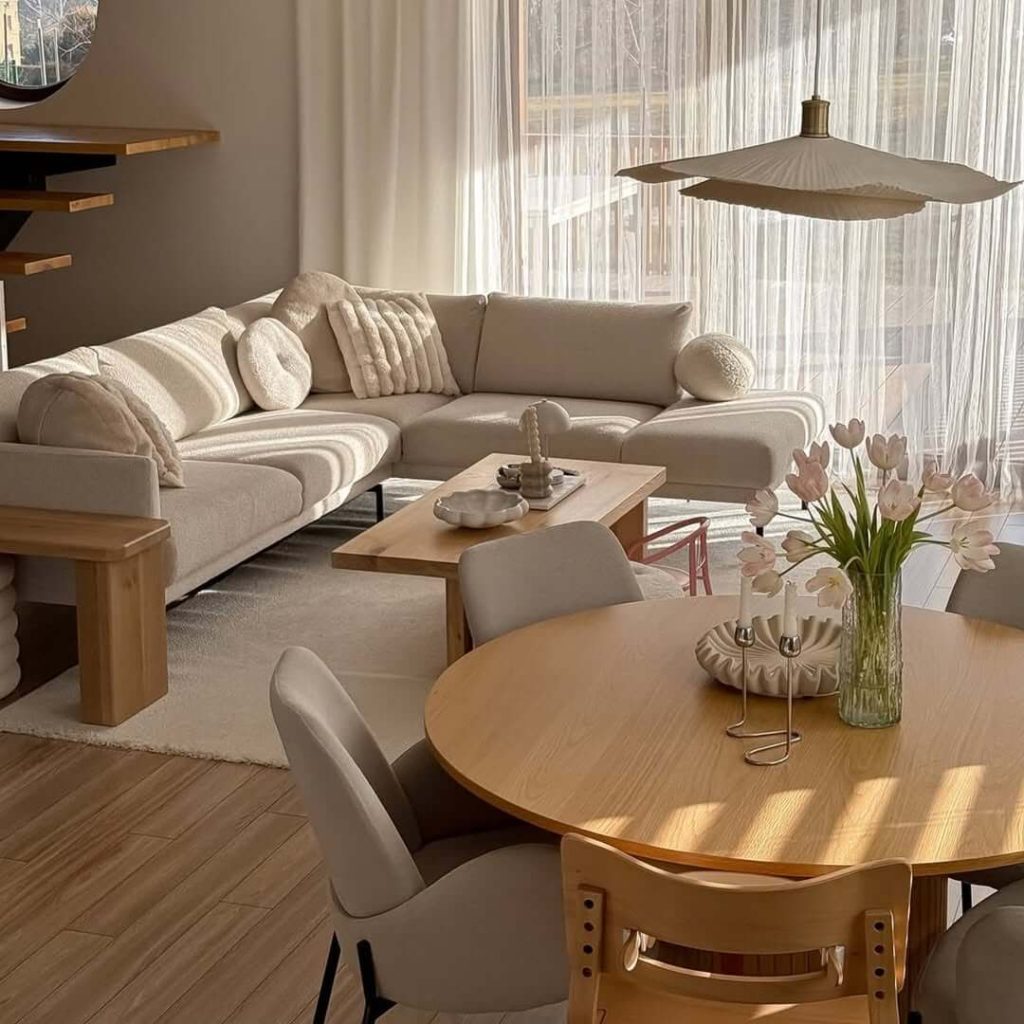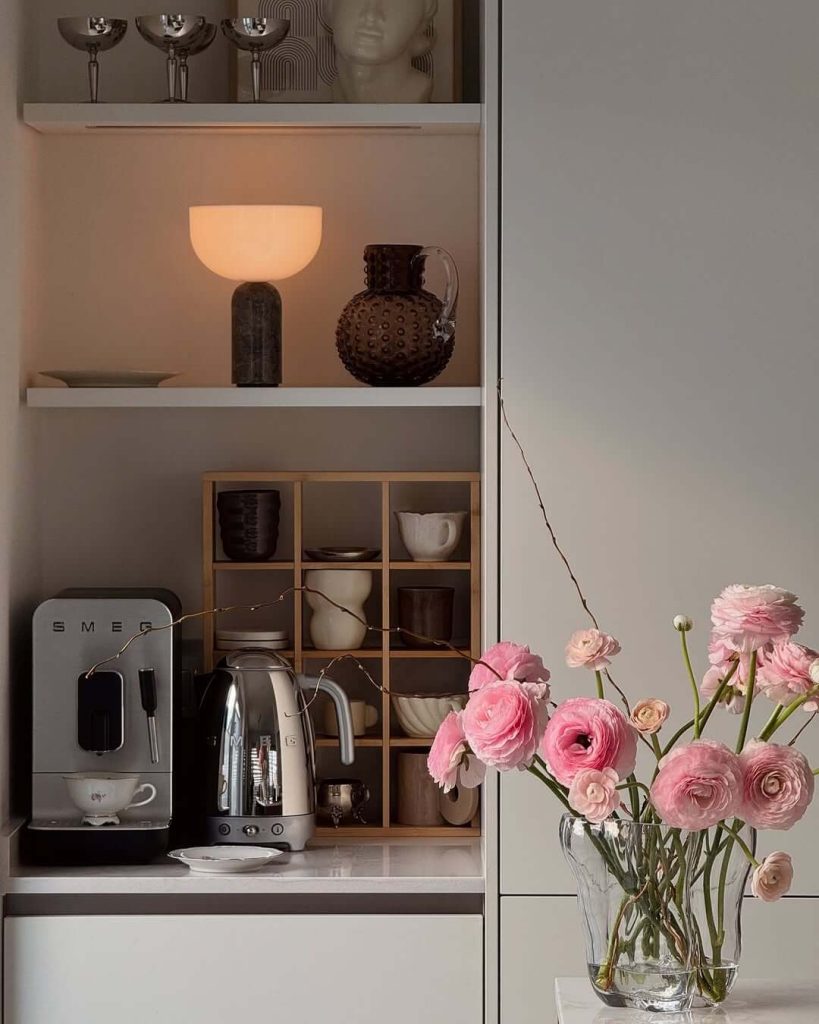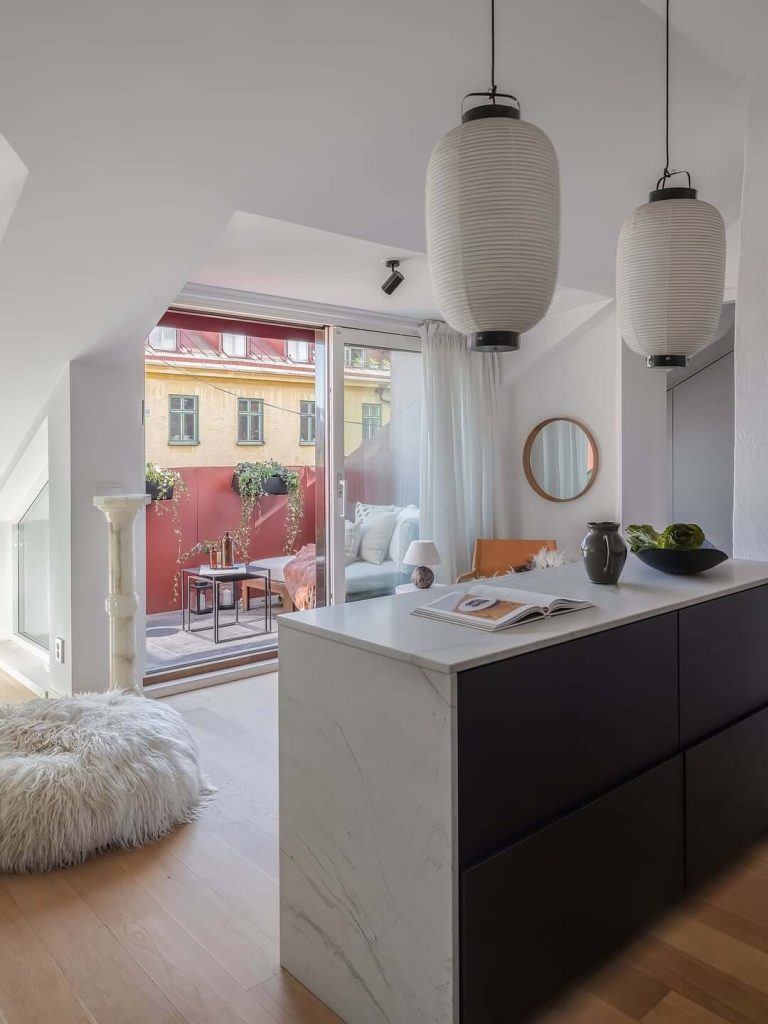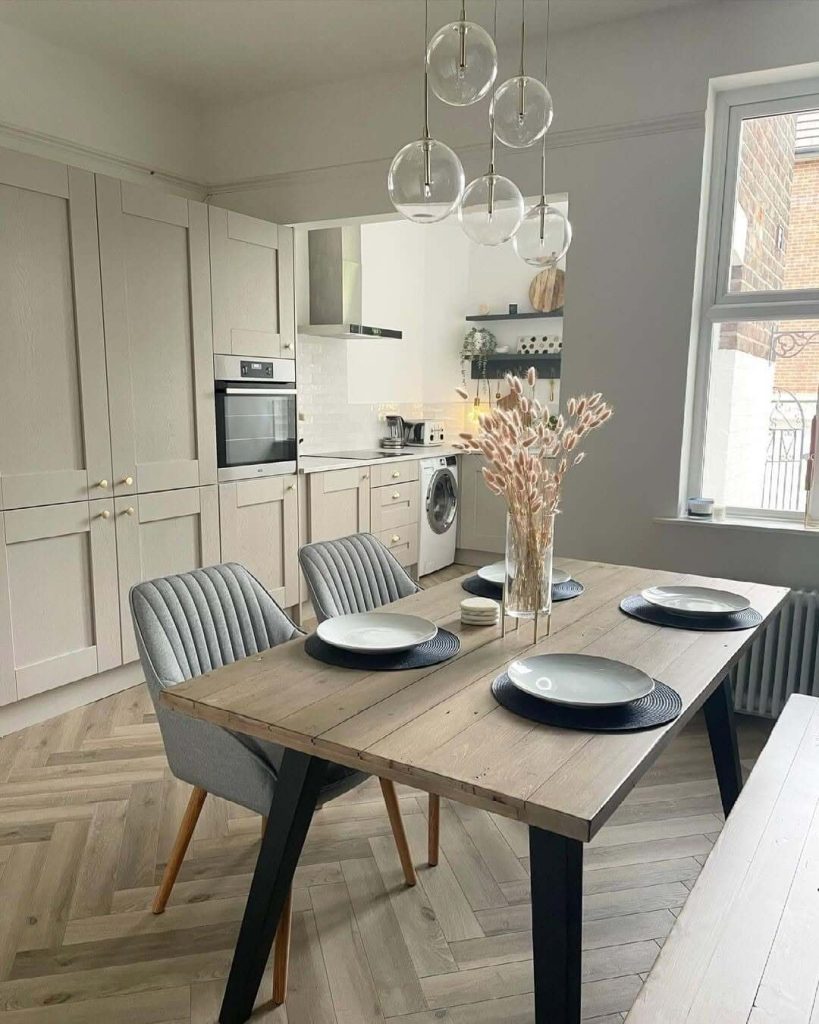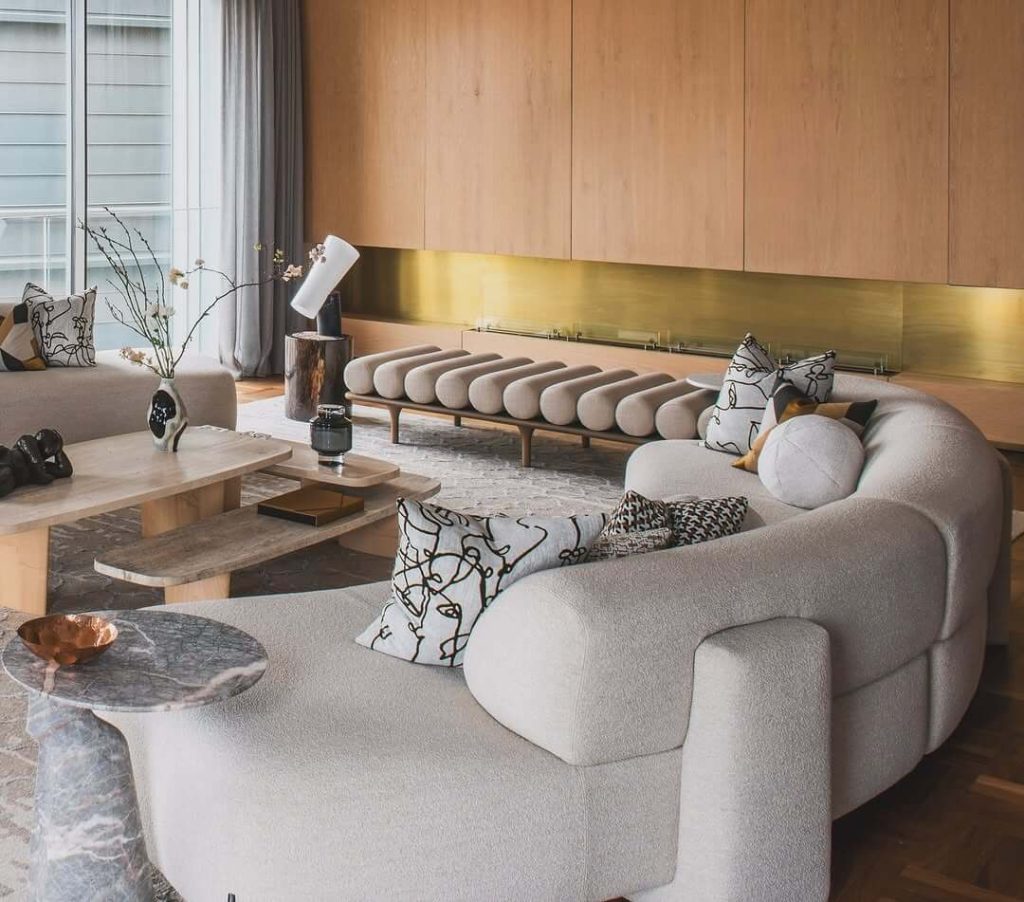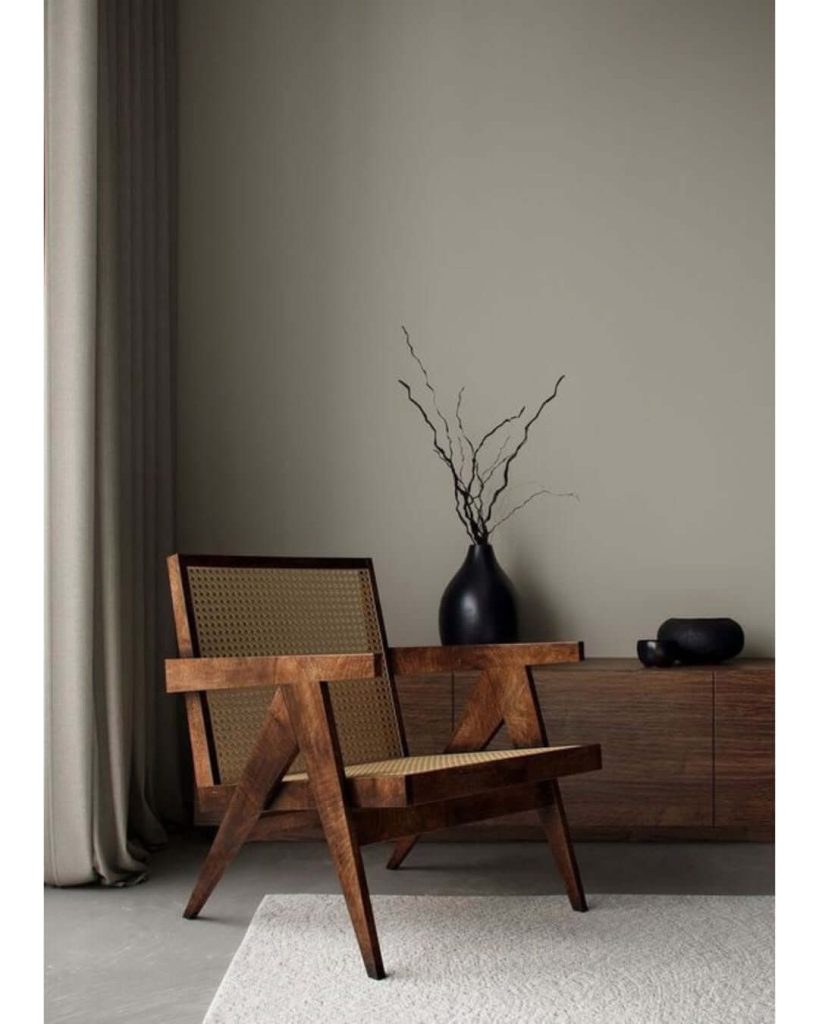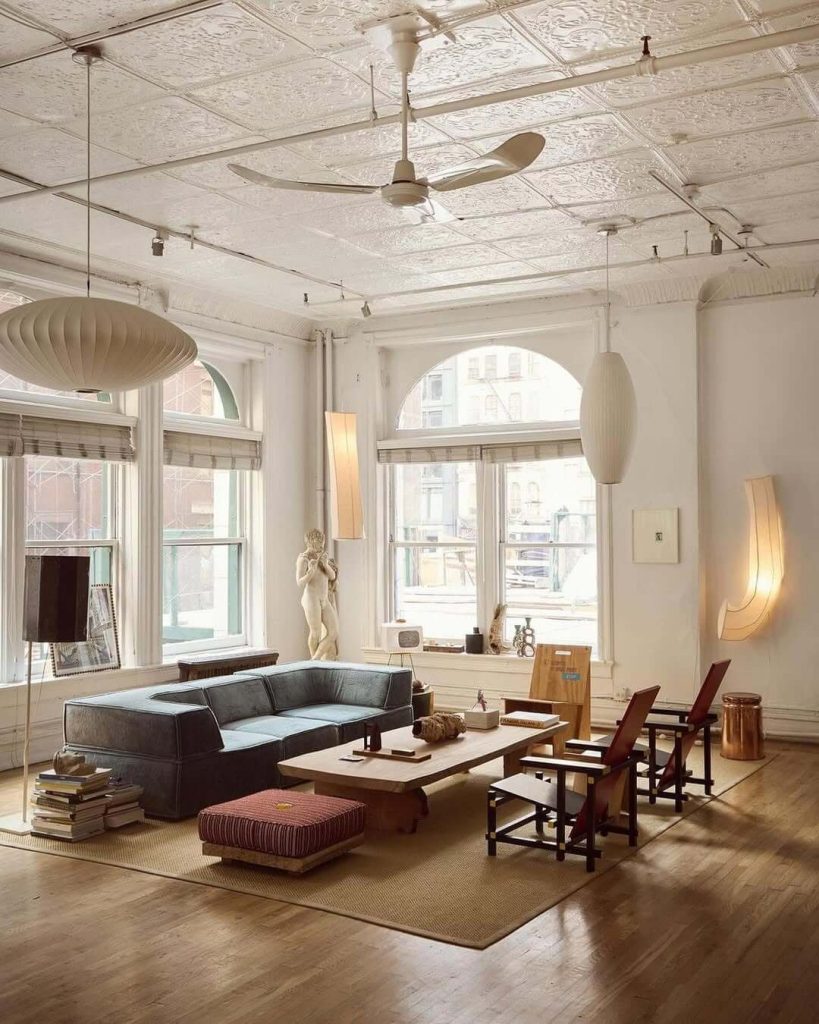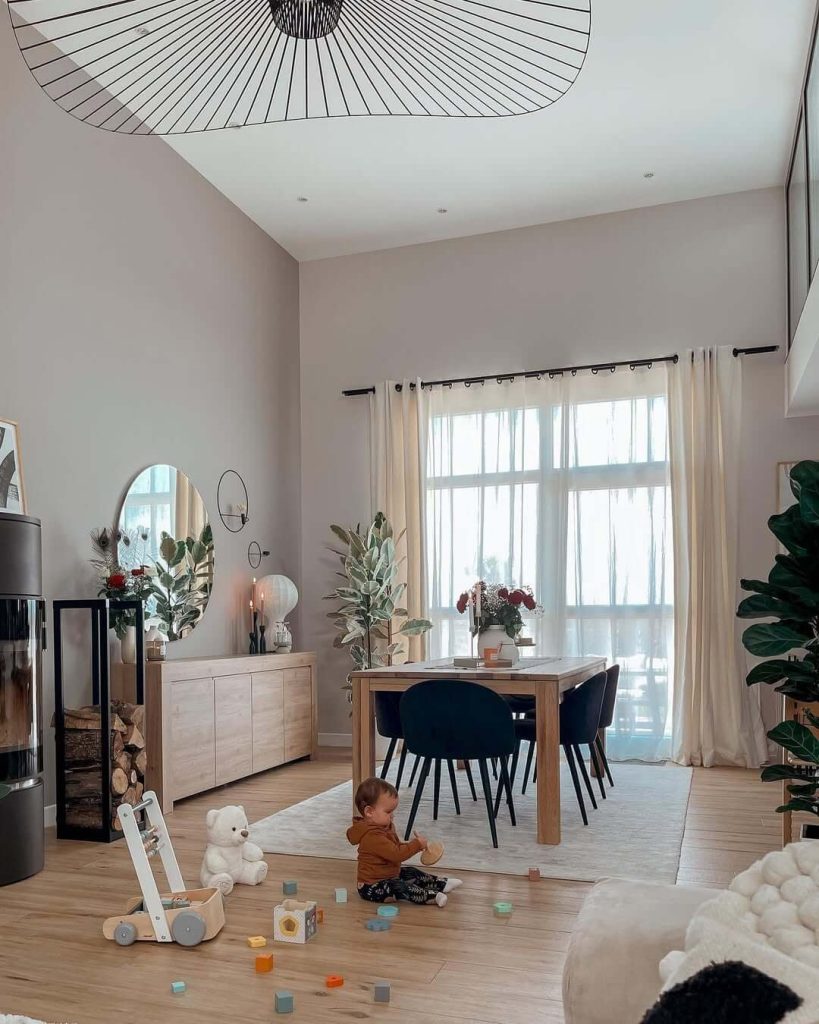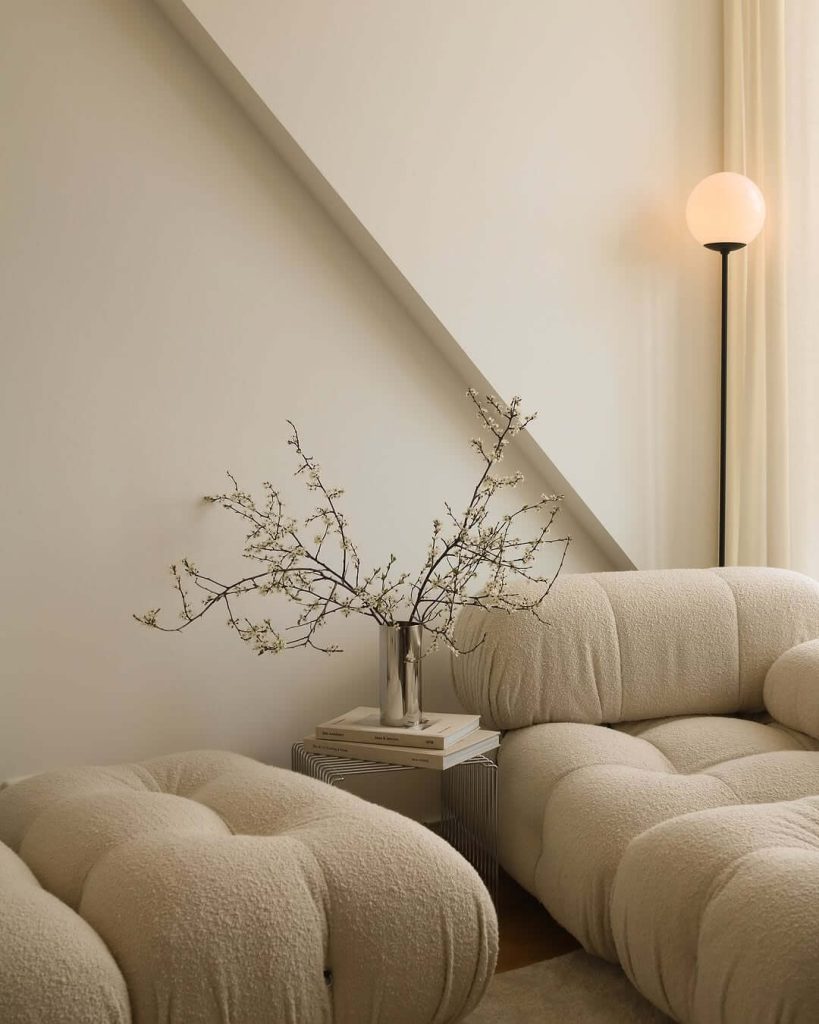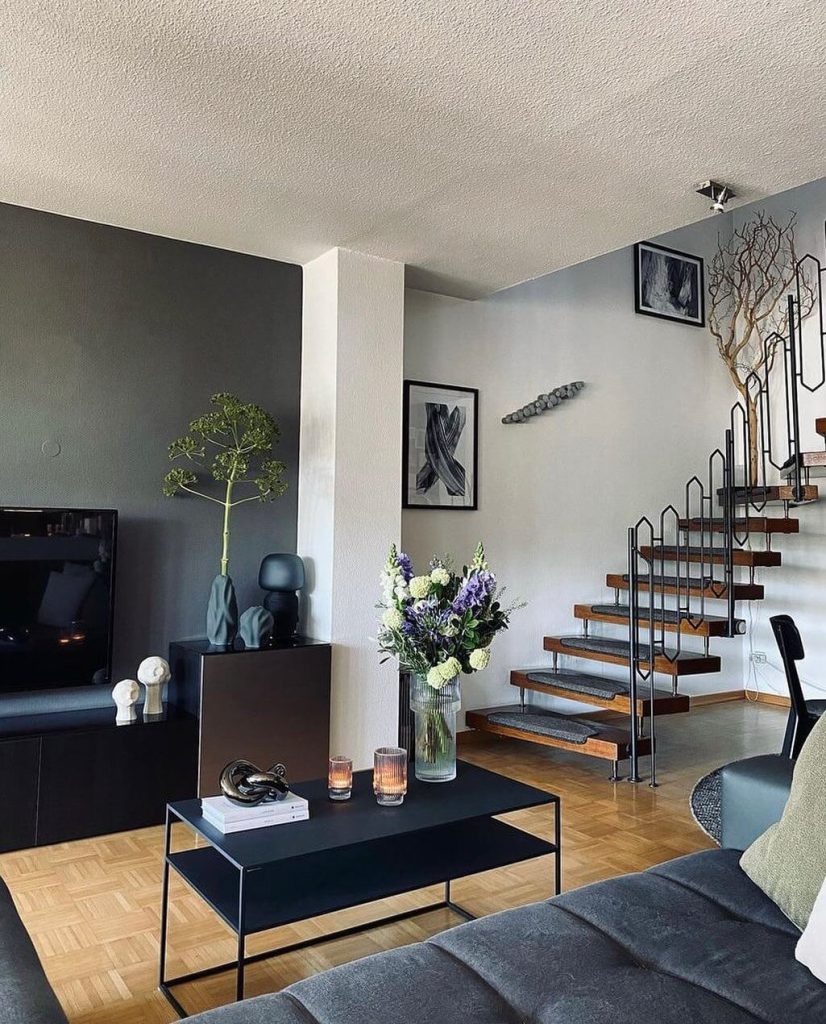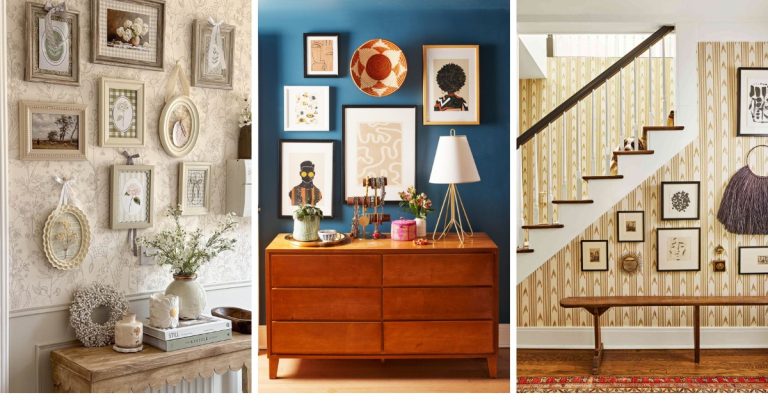32 Japandi Interior Ideas: Harmonious Minimalism from the East and North
In a world overflowing with noise and clutter, Japandi interior design offers a calming retreat—an elegant blend of Japanese minimalism and Scandinavian functionality.
It’s not just a look, but a lifestyle philosophy grounded in mindfulness, simplicity, and natural beauty. Combining the Japanese concept of wabi-sabi (finding beauty in imperfection) with the Scandinavian idea of hygge (coziness and contentment), Japandi creates interiors that are as soothing as they are stylish.
This design style champions clean lines, neutral tones, and a careful mix of textures that evoke serenity without sacrificing comfort. Whether you live in a city apartment or a country cottage, Japandi brings an air of balance—where every object has a purpose, and every space is designed to calm the mind and nourish the soul.
In this guide, you’ll discover practical Japandi interior ideas that can be effortlessly integrated into your home. From earthy color palettes and tactile materials to low-profile furniture and thoughtful lighting, you’ll learn how to achieve this timeless fusion of Eastern and Northern aesthetics with grace and intention.
1. Embrace Wabi‑Sabi & Hygge Philosophies
At the heart of Japandi design lies the harmonious marriage of two cultural aesthetics: wabi-sabi from Japan and hygge from Scandinavia. These philosophies provide more than visual guidance—they influence how we feel and live within our spaces.
Wabi-Sabi celebrates imperfection, simplicity, and the passage of time. In design, this means embracing raw materials, natural wear, and handcrafted items. It’s about appreciating beauty in the imperfect—a crack in a ceramic vase, a weathered wooden table, or uneven textures on a wall.
Hygge, on the other hand, emphasizes coziness, comfort, and wellbeing. It brings warmth through soft textiles, intimate lighting, and relaxed settings that invite slowing down and savoring everyday moments.
By combining these two, Japandi offers a balanced atmosphere that feels both calm and inviting. You can achieve this by:
- Choosing handmade over mass-produced items
- Prioritizing comfort and practicality
- Allowing space and silence to become part of the room’s story
This design philosophy reminds us that a peaceful home doesn’t need to be perfect—it needs to be personal and intentional.
2. Neutral Palette with Natural Accents
Color is central to Japandi interiors, where the palette is designed to soothe rather than stimulate. The key is embracing soft, natural tones that mirror the calm of both Japanese and Nordic landscapes.
Popular Japandi Colors:
- Warm whites, ivory, and light beige
- Muted greys and stone shades
- Earthy greens like sage and olive
- Soft terracottas and warm browns
To keep the look dynamic, accentuate these base colors with natural materials—think oak wood, ceramic, paper, or woven fibers. These accents reinforce the organic feel while adding warmth and contrast.
Tips for Implementation:
- Paint walls in off-whites or greige tones for a clean canvas
- Use textiles and decor in layered neutrals to create depth
- Introduce small pops of nature-inspired color through accessories like cushions or pottery
This palette is more than aesthetic—it supports the tranquil, meditative feel that Japandi interiors are known for.
3. Natural Materials & Texturals
Japandi design thrives on organic texture. Natural materials are not only visually calming but also bring warmth and tactile comfort to minimalistic spaces. By grounding your home in earthy elements, you make it feel lived-in and timeless.
Key Materials in Japandi Style:
- Wood: Light-toned woods like ash, pine, or oak dominate in floors, furniture, and wall cladding.
- Bamboo & Rattan: Perfect for baskets, light fixtures, or accent furniture.
- Stone & Clay: Found in ceramics, sinks, countertops, or decorative bowls.
- Textiles: Linen curtains, wool throws, cotton cushions, and jute rugs.
The goal is to create sensory contrast—pairing hard surfaces with soft textures, smooth finishes with coarse weaves. A stone vase on a linen-draped table or a wool rug beneath a wooden bench exemplifies this tactile layering.
These materials not only contribute to the visual aesthetic but also make your space feel grounded, healthy, and more connected to nature.
4. Clean, Clutter‑Free Layout & Functional Furniture
Japandi interiors thrive on purposeful simplicity. Every item should serve a function or bring joy, aligning with the minimalist ethos of “less, but better.” The layout of a Japandi room is clean, open, and thoughtfully arranged to support both aesthetic and functionality.
Key Layout Principles:
- Maximize open space by limiting furniture and decor.
- Allow breathing room between items to create a feeling of spaciousness.
- Use low-profile furniture with clean lines to encourage visual calm.
When selecting furniture, think in terms of multi-functionality and durability. Pieces like wooden benches that double as storage, or minimal shelving systems that highlight rather than crowd, are perfect for the Japandi style. Floating units, foldable tables, and hidden storage solutions help maintain the clean look while being deeply practical.
Avoid clutter by adopting a “one in, one out” mindset, and keep visible surfaces free of unnecessary decor. A single sculptural vase or ceramic bowl can say more than a cluttered shelf of trinkets.
5. Balanced Lighting & Accent Elements
In Japandi interiors, lighting isn’t just functional—it’s atmospheric. The goal is to create a warm, even glow that enhances the tranquility of the space without dominating it.
Lighting Strategies:
- Emphasize natural light with sheer curtains or sliding panels.
- Use paper lanterns, rice-paper floor lamps, or frosted glass lights to soften artificial lighting.
- Choose warm-tone bulbs (2700K–3000K) to avoid stark, cold light.
Accent elements should echo the calm and clarity of the style. Think minimal wall art, ceramic pottery, and textured panels. Even the walls themselves can become features with wood slats, plaster finishes, or soft neutral paints.
Every detail—down to a lamp’s shape or a light switch’s material—should feel harmonious and deliberate. Keep decorative accents sparse, meaningful, and always tied to natural textures or forms.
6. Organic Shapes & Greenery
While Japandi interiors emphasize structure and simplicity, they are far from sterile. Organic shapes and greenery bring life and softness into the space, helping break up straight lines and add dimension.
Incorporating Organic Design:
- Use curved furniture like rounded coffee tables, soft-edged sofas, or pebble-shaped decor.
- Choose asymmetrical arrangements for wall shelves, vases, or grouped items.
- Mix in soft sculptures or handmade pottery to introduce natural imperfection.
Plants are an essential layer in Japandi decor. Opt for greenery that has a sculptural presence:
- Fiddle leaf figs, rubber plants, or monstera for bold shapes.
- Bonsai trees or olive branches for subtle elegance.
- Keep planters minimal—terra cotta, ceramic, or matte stone are ideal.
These elements add a tranquil, organic presence and act as quiet reminders of nature’s role in the Japandi philosophy.
7. Real‑World Examples & Reddit Tips
Looking at real Japandi-styled spaces helps translate theory into action. Design-savvy platforms like Pinterest, Instagram, and Reddit offer a wealth of visual inspiration and lived-in advice from everyday users.
Real-Life Examples:
- A Scandinavian living room with a Japanese tea set and bonsai centerpiece on a natural wood coffee table.
- Bedrooms with futon-style low beds, linen duvets, and paper lantern lighting.
- Compact apartments featuring foldable wooden tables, soft lighting, and clean-lined shelving.
Reddit Community Tips:
- “Swap metal-legged tables for oak or ash wood to warm up the look.”
- “Paper shades or rattan light fixtures instantly soften the vibe.”
- “Decluttering is the first step—Japandi is all about visual peace.”
These examples prove that Japandi isn’t just for large, airy homes. Even the smallest spaces can capture its calm spirit with the right choices in color, material, and layout.
8. Color & Material Palette Guide
To help you implement Japandi with confidence, here’s a quick-reference table summarizing the core colors, materials, and accents that define this style:
| Element | Preferred Choices |
|---|---|
| Wall Colors | Soft white, beige, greige, sage, charcoal |
| Furniture Materials | Light oak, walnut, bamboo, rattan |
| Textiles | Linen, cotton, wool, jute |
| Lighting | Paper shades, frosted glass, soft amber bulbs |
| Decor Accents | Ceramic, clay, matte metal, dried plants |
| Flooring | Natural wood, tatami mats, soft woven rugs |
Stick to a small, cohesive palette and repeat materials for harmony. The goal is calm continuity, not contrast.
9. Practical Tips for Adoption
If you’re new to Japandi design, start with a few manageable updates and build from there.
Easy Ways to Begin:
- Declutter and clear surface areas
- Swap bright lighting for warm-toned lamps or lanterns
- Introduce wood and neutral textiles
- Bring in one or two plants
- Add texture through rugs or curtains
Sustainable Choices: Many Japandi principles align with eco-friendly design—use natural fibers, recycle or upcycle furniture, and shop consciously.
Over time, these small choices compound to form a space that reflects both your taste and your values.
Conclusion
Japandi interior design is more than just an aesthetic—it’s a tranquil philosophy for living. By marrying the mindfulness of Japanese wabi-sabi with the comfort and clarity of Scandinavian hygge, Japandi offers a grounded, timeless way to create space that nurtures peace, beauty, and balance.
Whether you apply just a few key ideas or fully embrace the style, Japandi invites you to live more intentionally. Start small, stay natural, and let simplicity speak volumes.

